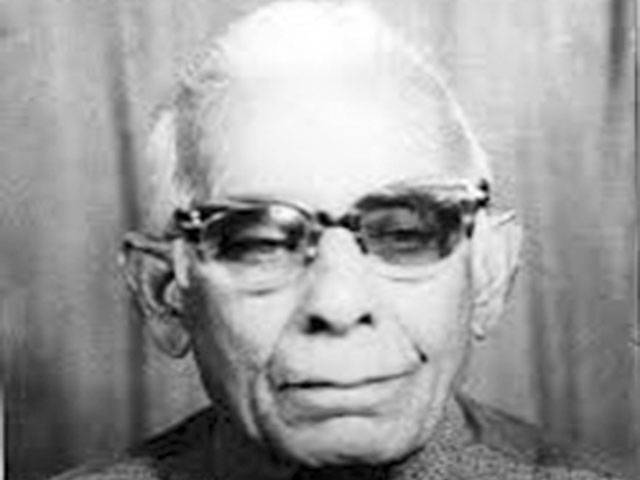“The system tried to break him down. He was considered dangerous because he spoke of the rule of the people. This terrorized dictators.”
–Zahida Hina on Dada Ameer Haider
Dada Ameer Haider was born in 1900 in a village near Rawalpindi. He ran away from home to Bombay where he joined a commercial ship as a fireman in 1914. He landed on USA in 1918. In USA, he came into contact with Ghaddar Party which introduced him to anti-imperialist, communist ideas. In 1926, he was sent to Moscow to get his education from the University of the Toilers of the East. In 1928, after completing his degree in Russia he came back to Bombay and organized the protests of the workers. The British authorities sensed the danger of these protests and clamped down on all the organizers. In order to escape his arrest, Dada had to leave India again in 1929. He travelled around the world to garner an international support against the British rule in India. On his return to India, Dada was arrested, persecuted by the British multiple times. The situation did not change much after the British left. They were now replaced by Pakistani authorities who continued harassing Dada due to his opposition of the state’s dictatorial policies. In the last two decades of his life, Dada built schools for girls in his village. He died in Rawalpindi in 1989.
Throughout his life, Dada kept fighting against such mighty evils as imperialism, capitalism and dictatorships without losing hope and without any desire for recognition. In an increasingly unjust, ugly world, what must have inspired Dada in his divine, untiring search for beauty, justice? Perhaps, the state needs to expand its idea of heroism and also celebrate, acknowledge figures like Dada along with our martyrs of army.






